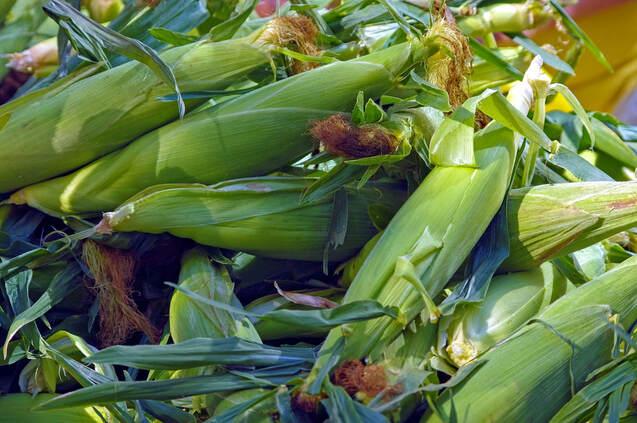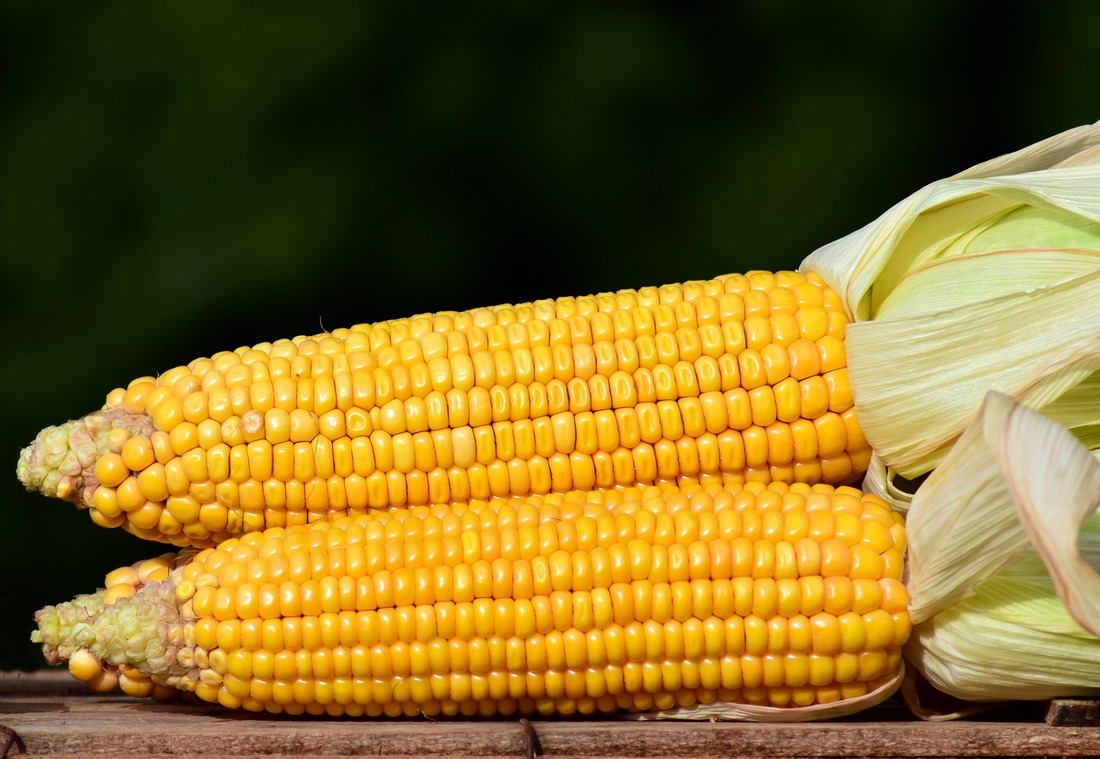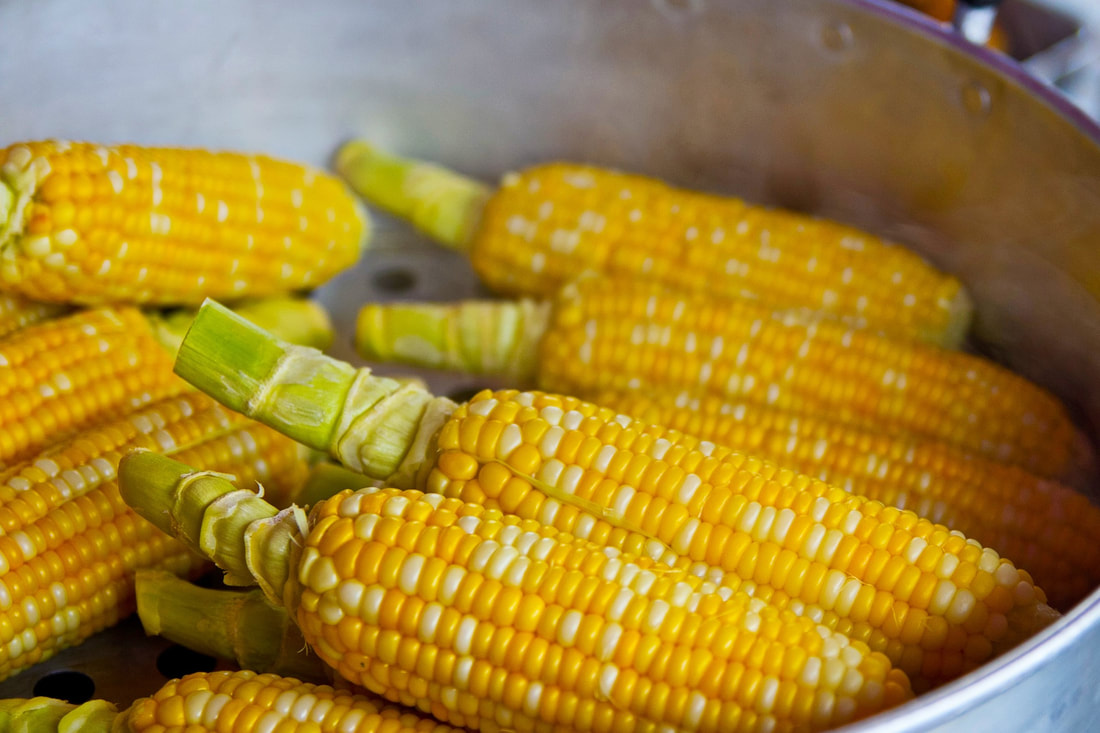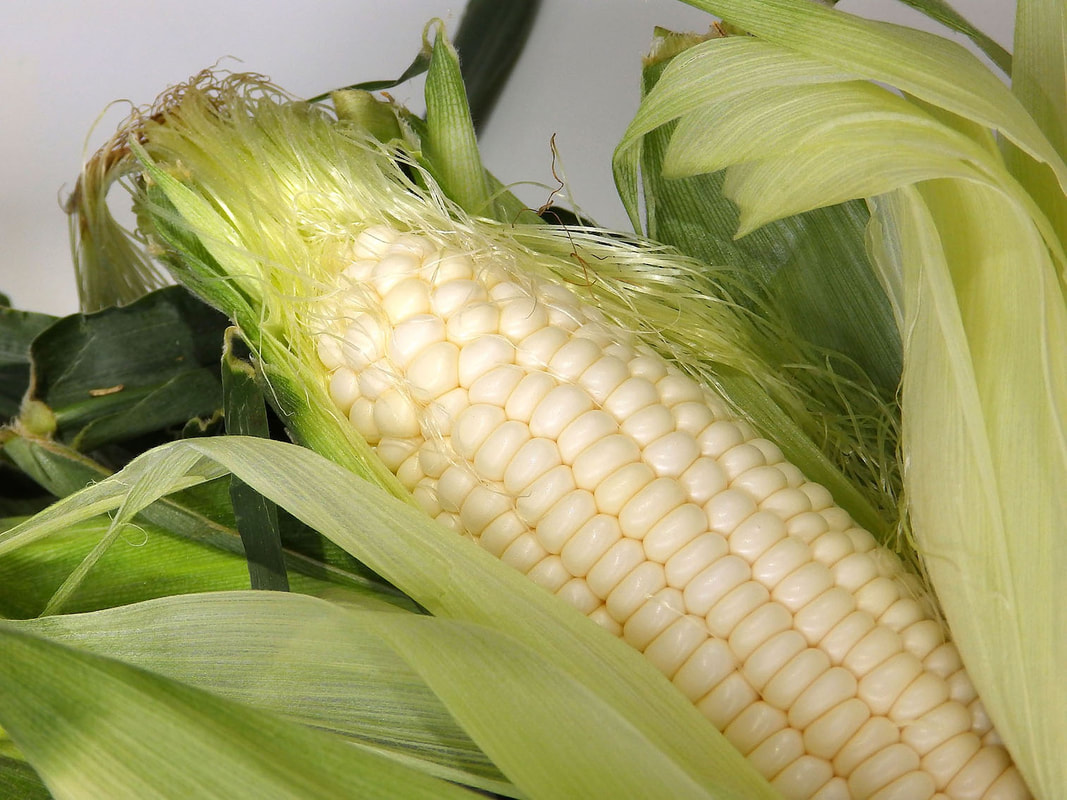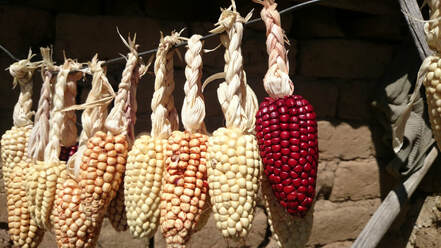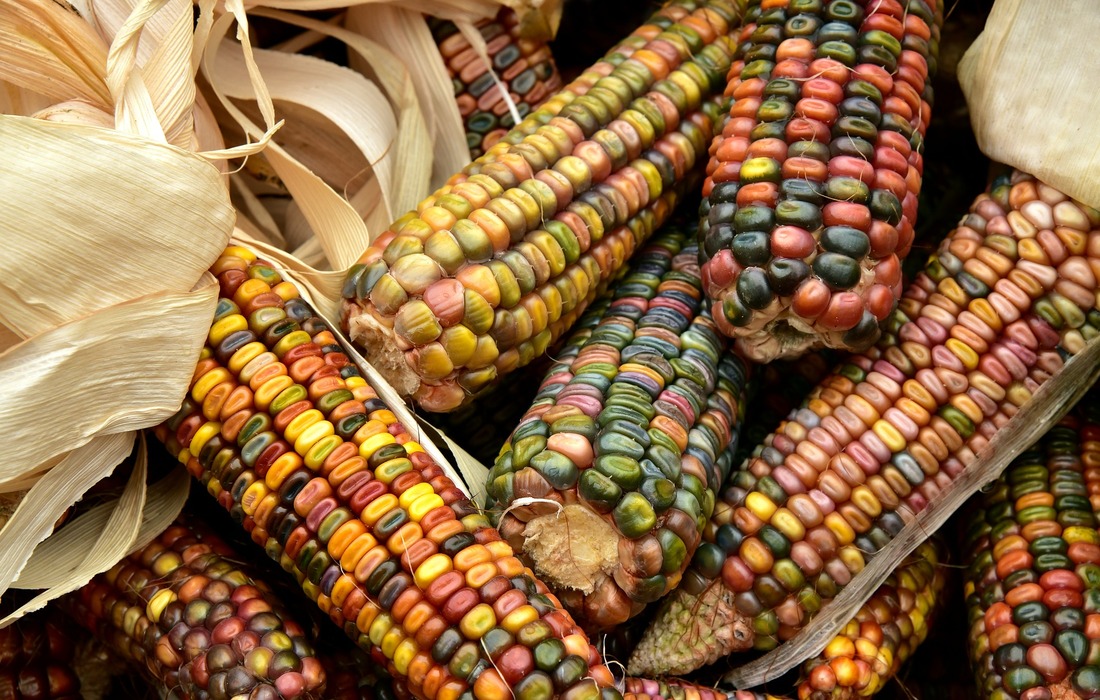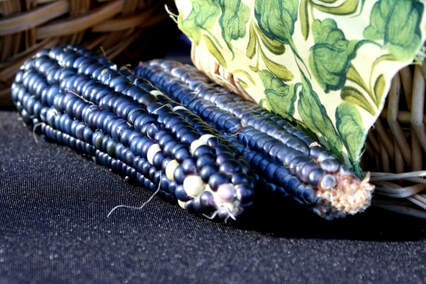Kinds of Sweet Corn
|
|
If you typically buy your corn at the grocery store you may think all sweet corn is alike, but that's not true. Corn comes in an amazing array of varieties that differ in color, shape and flavor. Broad categories like yellow or white are listed below, but don't forget there are many varieties of each. A quick look at the 2019 Burpee site reveals 29 varieties for sale, while Johnny's Selected Seed offers 51. Read the descriptions in seed catalogs carefully so you will know exactly what kind of corn you are ordering.
Yellow CornAll the kernels of yellow corn are yellow and become brighter in color when cooked. This traditional corn is the kind you typically find for sale in the grocery store. Immature yellow corn has white kernels that develop color as the corn matures.
|
Bi-Color CornBi-color corn has both yellow and white kernels. Many claim bi-color corn is sweeter and tastier than traditional yellow corn. Many old-time gardeners refer to this as "peaches & cream" or "sugar & gold" corn, but those names actually refer to specific varieties of bi-colored corn.
|
|
|
White CornWhite corn produces nearly pure white kernels and is prized for its tender kernels and sweet flavor. This should not be confused with immature corn. White corn does not turn yellow as it matures.
|
PopcornBelieve it or not, popcorn can be grown in Maine. In fact, while most popcorn requires 110 to 120 days to mature, some varieties like the Early Pink Corn sold by Territorial Seed Company matures in as few as 85 days, which gives it plenty of time to mature in your Maine garden.
|
|
|
Ornamental or Indian CornThis corn is purely ornamental and produces kernels in varying shades or red, blue, orange and yellow. It makes a delightful fall display. 'Glass Gem' corn is a rainbow Indian corn that glistens like tiny jewels in pinks, blues and greens mixed with yellows, oranges and reds. For a truly sensational display, try a variety of glass gem corn this year.
|
Blue CornGrowing blue Hopi corn may be risky in Maine, as it requires 85 to 115 days to mature. This corn has deep blue kernels that can be eaten when young or dried for grinding into flour. Blue corn reportedly has a higher protein content than traditional corn. Blue corn can also be used for fall displays or nature crafts to show off its unique color.
|
